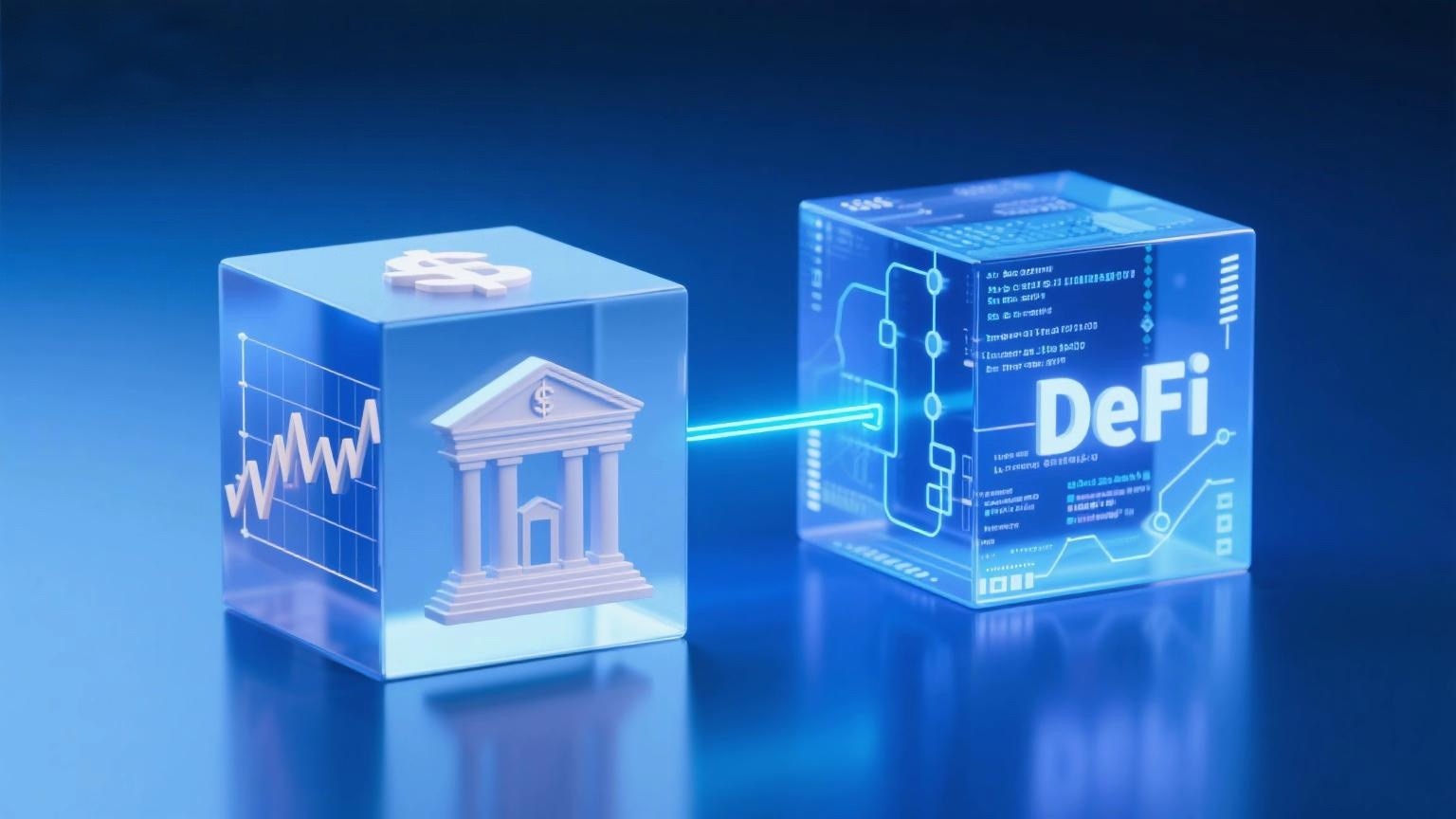
Compared to the inflexible and siloed structure of traditional finance, the composability of decentralized finance (marked by decentralization and interconnected protocols) makes the financial landscape more flexible, inclusive, and rapidly evolving.
Centralized structures and closed systems limit the composability of traditional finance. Financial institutions have little service interoperability and operate in isolation. Typically, each institution offers a limited range of products or services, making integration or interaction difficult. Innovation is slow due to the need for intermediaries, proprietary systems, and stringent regulations.
On the other hand, DeFi thrives on composability. It supports a permissionless, open-source ecosystem with modular and interoperable protocols. Smart contracts act as building blocks, enabling seamless communication between different protocols and software.
Developers can remix and combine these protocols to quickly generate innovative financial services. This unrestricted environment fosters innovation by allowing techniques like yield farming, stacking multiple protocols, and decentralized trading without intermediaries.
For example, Protocol A, which offers lending services, can synergize with Protocol B, which facilitates decentralized trading, coexisting harmoniously in DeFi. Depositing assets into Protocol A and utilizing them in Protocol B can yield compounded returns.
Thanks to this interoperability, users can combine various protocols to create complex financial strategies at a faster pace of innovation. This seamless integration is the foundation of DeFi’s composability, offering flexibility and efficiency unmatched by traditional finance.
In contrast, when borrowing assets from a bank, the benefits of compounding are limited because they cannot be easily used in stock exchanges. Compared to the interconnected nature of DeFi’s composability, the fragmented nature of traditional financial services restricts their combinatorial potential, limiting innovation and flexibility.
















